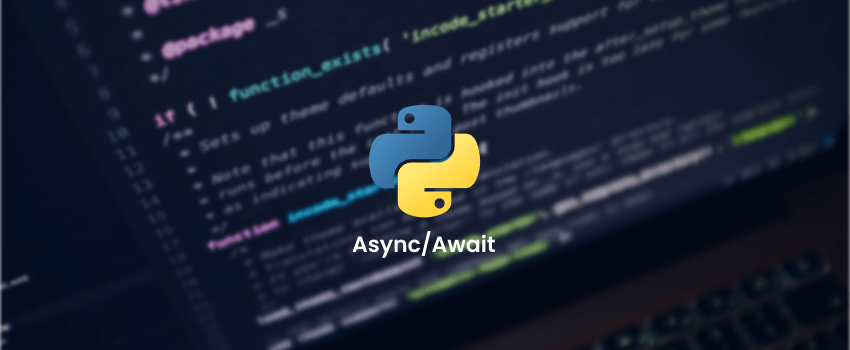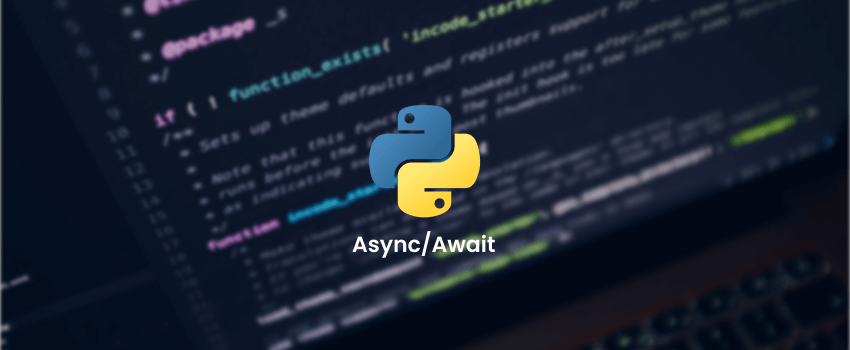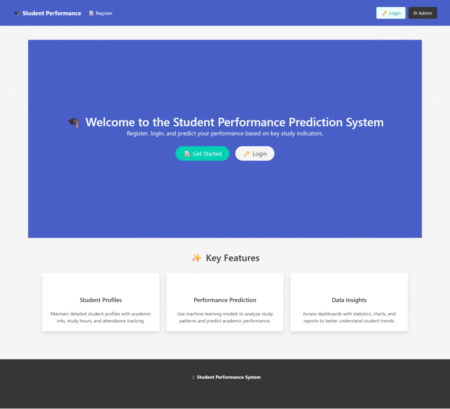 Python is one of the most widely used languages in web, AI, and enterprise development. But many developers run into performance bottlenecks when handling I/O-heavy operations (API calls, DB queries, file handling) or CPU-bound workloads (data processing, ML model training, image processing).
Python is one of the most widely used languages in web, AI, and enterprise development. But many developers run into performance bottlenecks when handling I/O-heavy operations (API calls, DB queries, file handling) or CPU-bound workloads (data processing, ML model training, image processing).
This is where Python async/await and concurrency models come into play. By leveraging modern asynchronous programming, threading, and multiprocessing, developers can drastically cut down execution time while ensuring scalability. According to Real Python’s concurrency guide, choosing the right concurrency strategy can boost performance up to 30x in I/O-bound tasks.
In this guide, we’ll break down async/await in Python, threading vs multiprocessing, performance comparisons, best practices, and code examples to help you decide when and how to optimize Python applications.
What Is Concurrency in Python?
Concurrency refers to the ability of a program to manage multiple tasks at once. In Python, concurrency can take different forms:
| Concurrency Model | CPU Utilization | Best For | Example Modules |
|---|---|---|---|
| Async/Await | Single core | I/O-bound tasks (API, DB, network) | asyncio, aiohttp |
| Threading | Single core | I/O-bound tasks with non-async libs | threading, concurrent.futures |
| Multiprocessing | Multiple cores | CPU-bound tasks (ML, image/video) | multiprocessing, joblib |
Think of concurrency as multitasking: while one task waits (e.g., downloading a file), another can execute (e.g., parsing JSON).
Async/Await in Python
Async/await is Python’s built-in way to write non-blocking code.
Example: Running Multiple Coroutines
Output:
Instead of waiting for each task to finish one by one, async allows parallel-like execution of I/O-bound tasks.
Python Multithreading
Python’s threading module allows tasks to run concurrently, but the GIL (Global Interpreter Lock) limits execution to one core. It’s still effective for I/O-heavy workloads.
Example: Multi-threaded Website Downloader
Read more: Understanding AI with Python for Smarter Business Solutions
Python Multiprocessing
When tasks are CPU-bound (image processing, ML, heavy computation), multiprocessing outperforms async and threading because it bypasses the GIL by spawning multiple processes.
Example: Parallel Fibonacci Calculation
On an 8-core CPU, this approach can reduce computation time from 35 seconds to ~10 seconds.
Async vs Threading vs Multiprocessing: Comparison
| Model | Best Use Case | Memory Usage | Speed Gain | Drawbacks |
|---|---|---|---|---|
| Async/Await | I/O-bound tasks (API calls, DB) | Very low | 10–30x | Requires async-aware libs |
| Threading | I/O-bound, non-async libraries | Medium | 4–10x | GIL prevents true parallelism |
| Multiprocessing | CPU-heavy tasks (ML, video) | High | 3–5x | Expensive IPC, memory-heavy |
Real-World Applications of Async/Await
-
Web Backends: FastAPI uses async by default for high-throughput APIs.
-
Web Scraping:
aiohttpenables fetching 1000+ pages concurrently. -
Data Pipelines: Async helps handle file I/O while performing transformations.
-
Chatbots & Realtime Apps: Async supports WebSocket handling with minimal latency.
If you’re building complex apps, partnering with an expert Python development company ensures concurrency models are applied correctly for your architecture.
Debugging & Best Practices
Use asyncio.gather() for batch coroutine execution.
Avoid blocking calls (time.sleep) in async code use asyncio.sleep.
For CPU-bound tasks, prefer multiprocessing or joblib.
Debug concurrency with IDEs like PyCharm, which provide thread & coroutine tracing.
Recommended read: AI Transformation Strategy: How to Adopt, Scale & Succeed
Cost of Optimizing with Concurrency
| Approach | Complexity | Typical Cost (Implementation) | Suitable For |
|---|---|---|---|
| Async/Await | Medium | $2,000–$10,000+ for API-heavy apps | Web APIs, scraping |
| Threading | Low | $1,500–$8,000+ for mid-scale apps | Legacy I/O-bound apps |
| Multiprocessing | High | $3,000–$15,000+ for ML/data-heavy workloads | AI/ML pipelines |
Note: Costs vary depending on project scope, team expertise, and performance goals.
Conclusion
Python’s concurrency ecosystem provides multiple ways to scale applications from async/await for blazing-fast APIs, to threading for compatibility, to multiprocessing for compute-heavy AI tasks. Choosing the right model is crucial for performance and maintainability.
If your enterprise applications need scalable, efficient, and AI-ready performance tuning, collaborating with a trusted AI development company ensures you’re not just optimizing code, but future-proofing your entire tech stack.
The post Optimizing Python Performance with Async/Await and Concurrency appeared first on Inexture.
Source: Read MoreÂ


